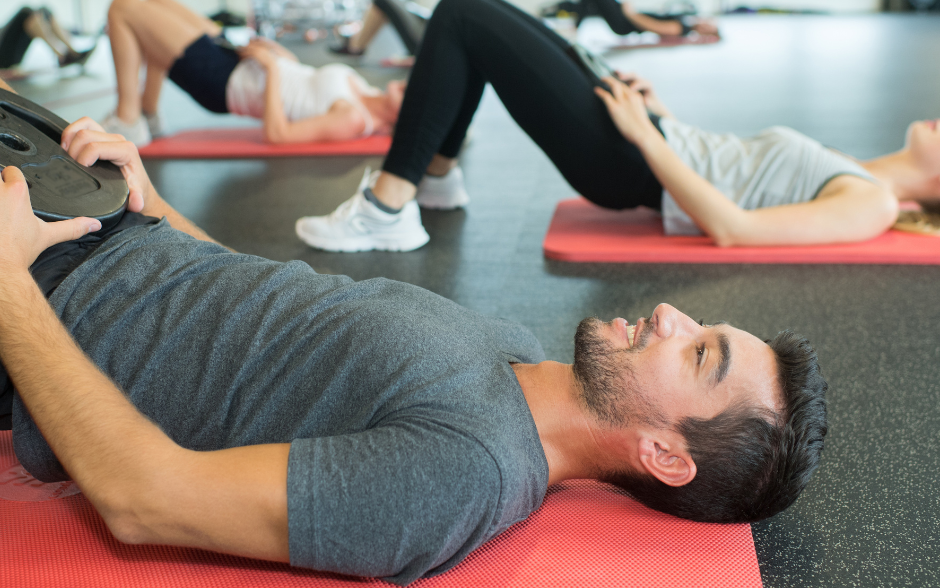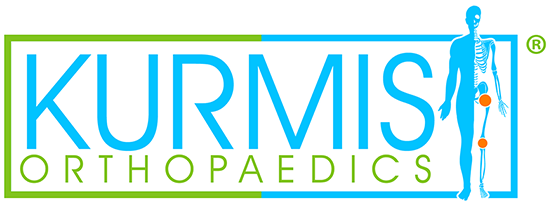World Cerebral Palsy Day is celebrated every year on October 6th with the aim of raising awareness for
a society where people with Cerebral Palsy have the same rights, access and opportunities as everyone
else.
What is Cerebral Palsy?
Cerebral Palsy is a neurological disorder that affects movement and posture and develops as a result of
non-progressive brain damage to an immature or developing brain. Cerebral Palsy occurs in 1 in 700
children in Australia and is the most common physical disability in childhood. Cerebral Palsy can affect
different areas of the body and to different degrees of severity ; therefore, people with Cerebral Palsy
can appear quite different to one-another, depending on their specific presentation.
Paediatric Physiotherapy for Children with Cerebral Palsy
Paediatric Physiotherapy plays an important role in the management of Cerebral Palsy. Paediatric
Physiotherapists play an important role in the management of Cerebral Palsy by supporting children and
their families to achieve goals which are important to them, and to reduce the impact of the physical
impairments. This often involves supporting children to achieve their maximum potential for physical
independence by improving their skills, strength and fitness levels.
Paediatric Physiotherapy support can include:
- Exercises and activities to support gross motor skill development.
- Exercises to improve strength and balance.
- Task specific practice – such as learning to control or push their wheelchair independently,
learning to crawl, stand, walk, run or jump. Depending on the child, their goals and their level
and type of Cerebral Palsy. - The development of stretching programs to maintain joint range of motion and to prevent
secondary complications, such as contractures. - Completing assessments to track the child’s progress and to help develop therapy goals.
- Prescription of Assistive Technology to support the child while encouraging as much
independence as possible. Assistive Technology can include equipment such as walkers,
standing frames, supportive seating, car seats and wheelchairs. - Providing support and education to the children’s family, daycare, school and other important
stakeholders in their life on how to best support the individual child and their specific needs.
The Physio Clinic’s team of paediatric physiotherapists are well-versed in working with children with
Cerebral Palsy of all levels and types, all ages (ranging from a few months old to 18 years), and in a range
of environments (including clinic, home, daycare, school and playground).
The paediatric team are also qualified to perform multiple standardised assessments for children with
Cerebral Palsy, including, but not limited to:
- Hammersmith Infant Neurological Examination (HINE)
- Alberta Infant Motor Scale (AIMS)
- Gross Motor Function Measure (GMFM)
If you would like to find out more information about how our paediatric physiotherapists can support
your child, and/or you’d like to book an appointment, please call The Physio Clinic on 8342 1233.
References
“About World Cerebral Palsy Day.” World CP Day – October 6th, 2020, worldcpday.org/
Gibson, CS, et al. Cerebral Palsy in South Australia 2023. SA Cerebral Palsy Register, Women’s
and Children’s Health Network, 2024.





























